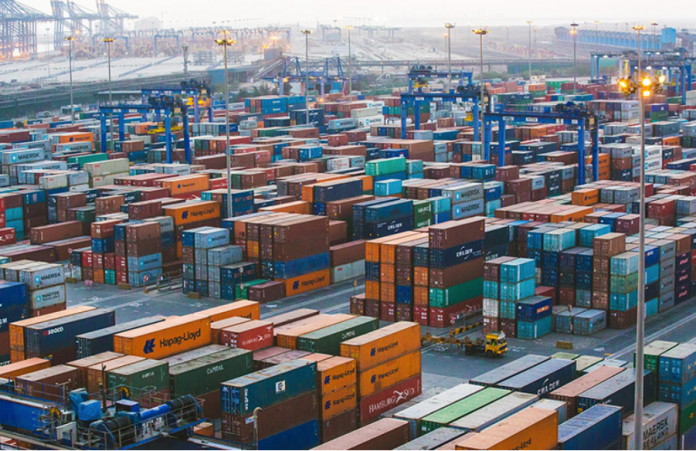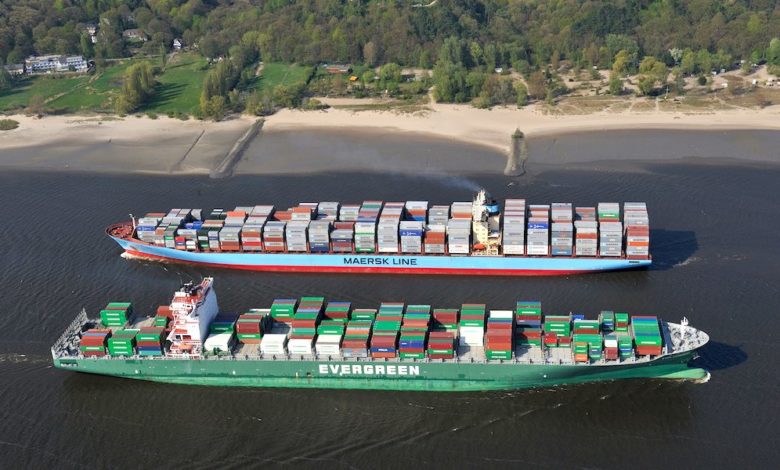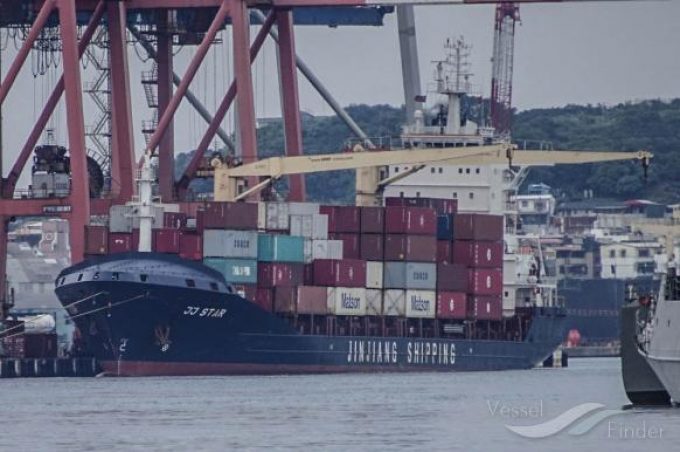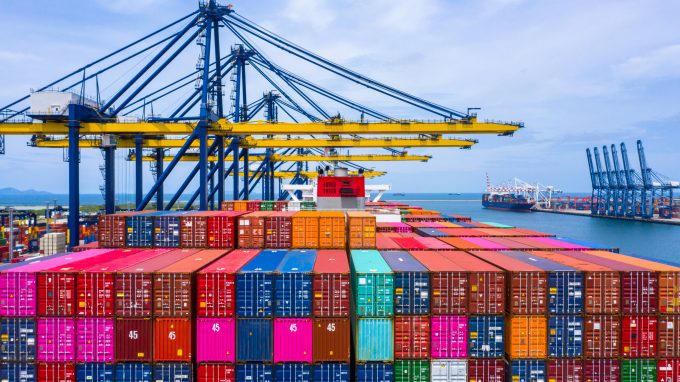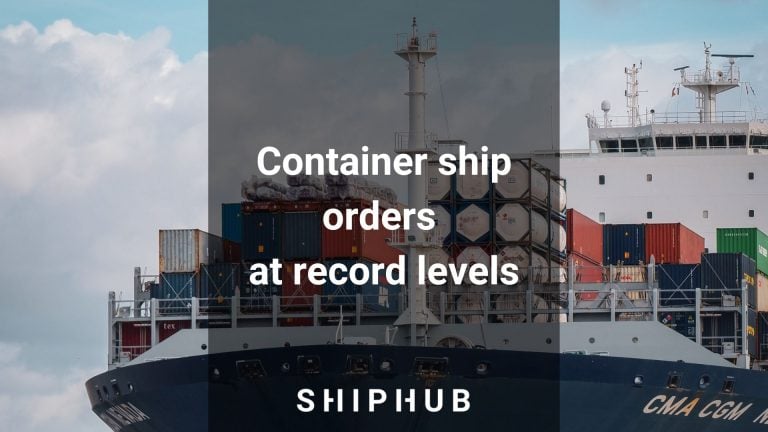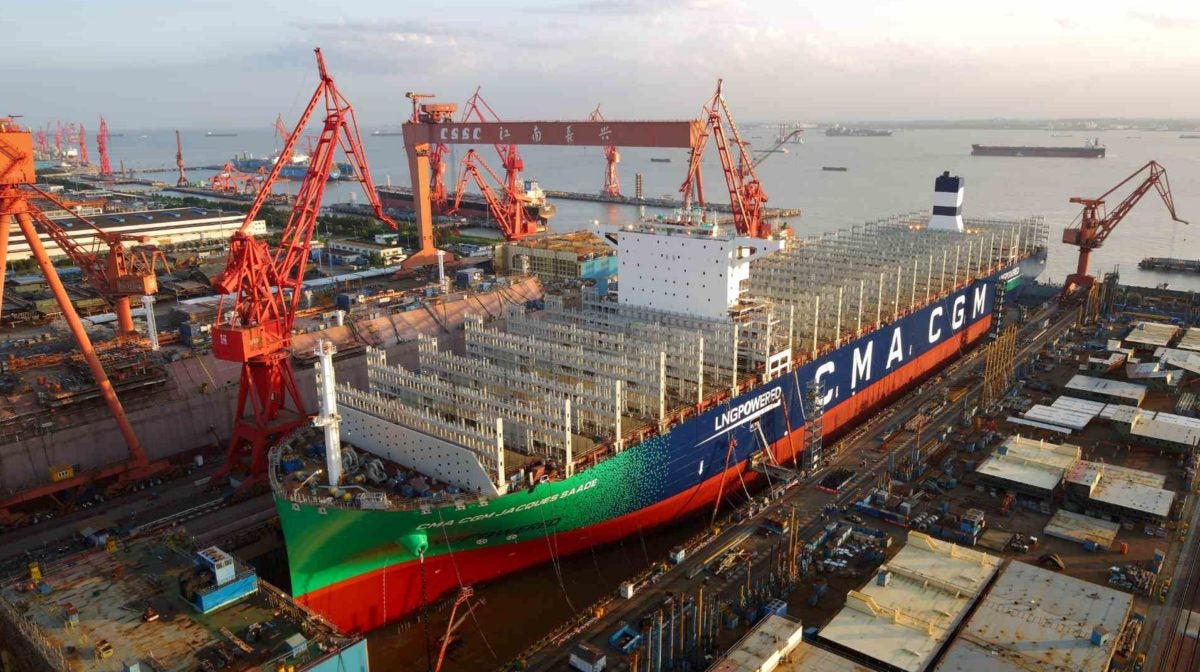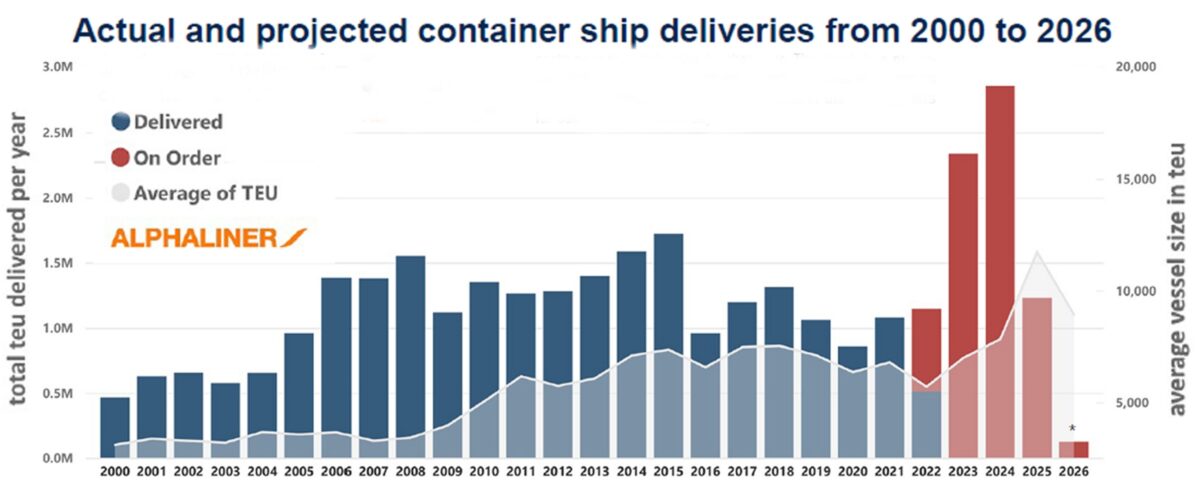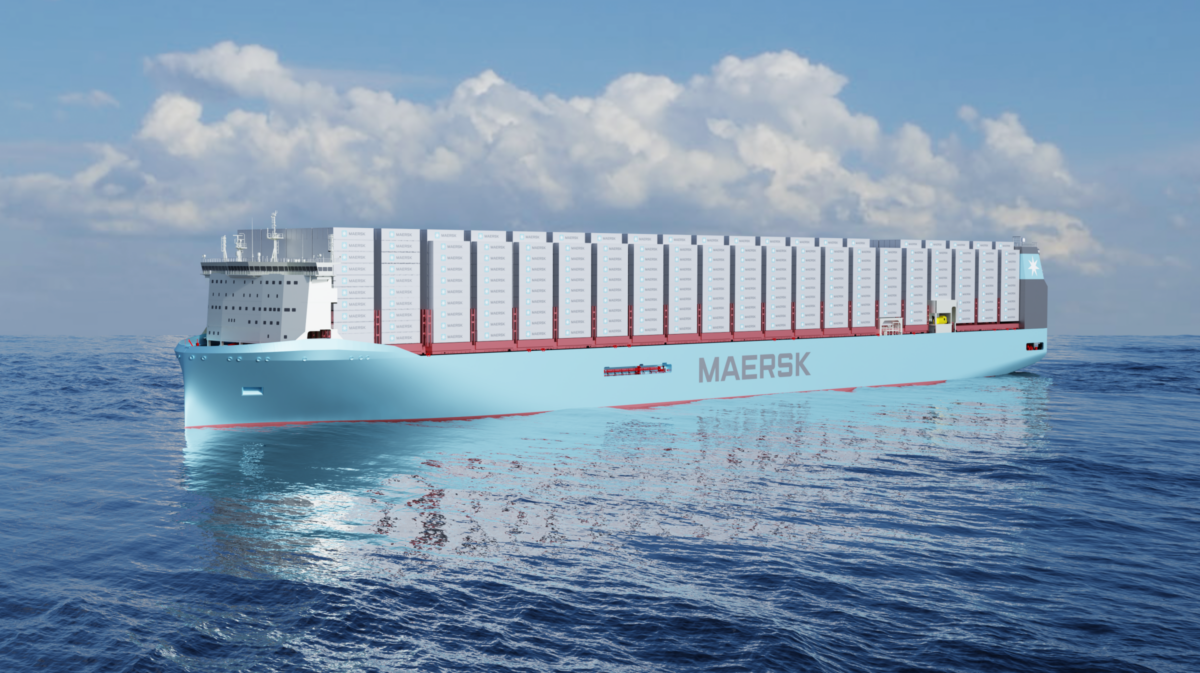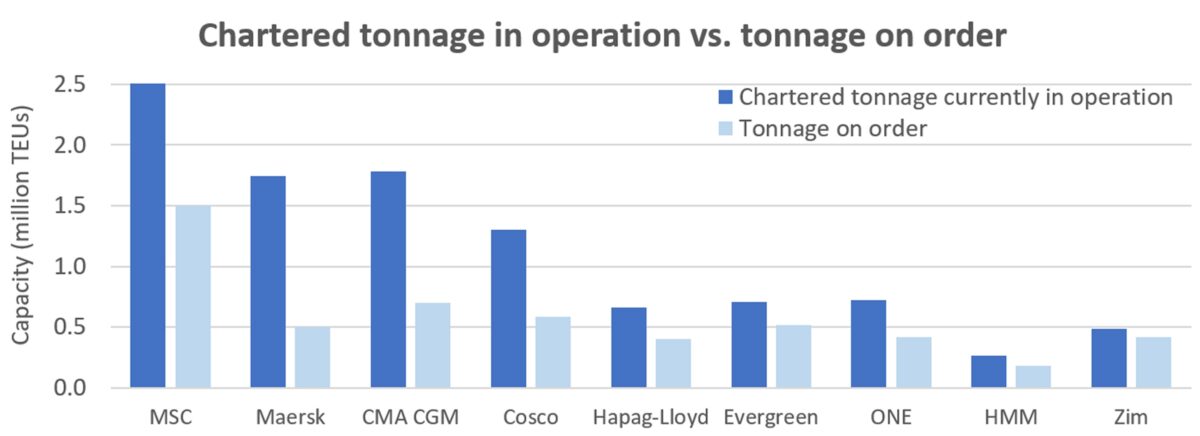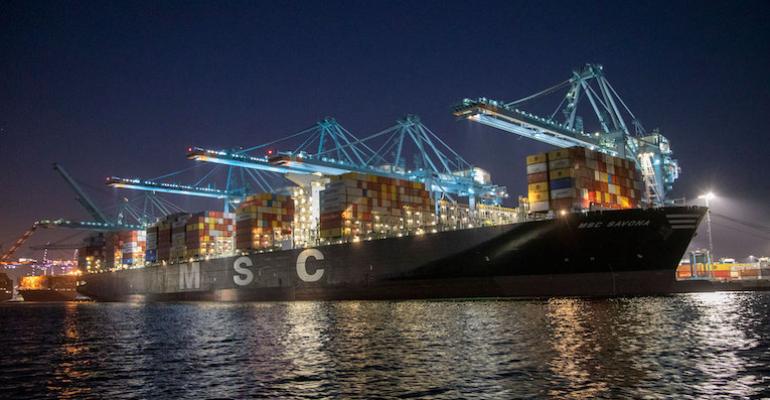Pakistan’s banking, currency woes act as stumbling blocks for oil imports
in Freight News 20/01/2023

Pakistan could possibly witness fuel shortages in the near future as several oil importing companies face hurdles in securing dollars needed to close import deals, at a time when the South Asian country’s foreign exchange reserves have dwindled to the lowest level in almost nine years.
Sources told S&P Global Commodity Insights that the Oil Companies Advisory Council, members of refineries and oil marketing companies had written to the country’s finance ministry about oil importers facing challenges in opening letters of credit for the import of petroleum products. It could take up to six to eight weeks for import operations to normalize, sources added.
“If L/Cs are not established on a timely basis, critical imports of petroleum products will be impacted, which may lead to a fuel shortage in the country, further deteriorating the demand,” said Sumit Ritolia, a refinery economics analyst at S&P Global.
“The prolonged unavailability of import contracts and L/Cs will be sending negative signals to international oil suppliers, leading to high prices for imports and even it may lead to the forced cancellation of oil cargoes,” he said.
Energy-deficit Pakistan imports approximately 430,000 mt of motor gasoline, 200,000 mt diesel and 650,000 mt crude oil at a cost of $1.3 billion/month, according to the letter from the oil industry to the finance minister.

The banking hurdles already caused delays in the arrival schedule of multiple cargoes as well as led to the cancellation of a few cargoes, the letter said, adding that the situation has severely deteriorated during January.
“If L/Cs are not established on a timely basis critical imports of petroleum products would be impacted,” it said.
Hurdles mount
Attock Petroleum Ltd., the country’s second-largest retailer of petroleum products, as well as Pakistan Refinery and Hascol Petroleum, have written letters to the Oil Companies Advisory Council and the country’s central bank about some banks refusing to honor import documents.
“Local banks have unfortunately regretted to establish our oil import L/Cs on the plea that the State Bank of Pakistan has instructed to do rationing on their L/Cs establishment based on their foreign reserves situation,” said the letter from an oil marketing company.
Pakistan’s central bank reserves have dwindled to $4.3 billion, according to the State Bank. The reserves reached a low of nearly eight years and 11 months, enough to cover imports for only three and half weeks.
The dollar shot up to its strongest level against Pakistani rupee at 240.1 on July 29, 2022, and the exchange rate was last quoted at 228.2 Jan. 16, data from the State Bank of Pakistan showed.
“Reserves are down because of continuous principal and debt payments on foreign loans and drying up of external inflows from bilateral and multilateral sources,” said an analyst.
Pakistan’s ministry of energy and the Oil and Gas Regulatory Authority in a separate letter to the central bank said attention had been drawn toward insufficiency of credit lines and reluctance of banks to open L/Cs for oil imports due to various apprehensions.
They have requested the State Bank to urgently intervene and ask the banks to help open L/Cs for imports of fuels, including lubricants, to avert any risk of fuel shortages in the country, the letter added.
Pakistan’s potential domestic fuel supply crunch closely resembles Southeast Asia’s struggle to procure adequate supplies of middle distillate products during second-half 2022.
The dollar strengthened sharply against several Southeast Asian currencies, including Vietnamese dong and Indonesian rupiah in the fourth-quarter 2022. Many small-scale trading companies in the region struggled to finance dollars from local banks to conduct their import and distribution businesses, S&P Global Commodity Insights reported previously.
Slowing sales
Pakistan’s motor gasoline sales in December fell 11% year on year to 620,000 mt, diesel consumption decreased 15% to 520,000 mt and fuel oil fell by 3% to 120,000 mt, according to data from the Oil Companies Advisory Council.
In the six months ended Dec. 31, 2022, sales of motor gasoline declined 15% year on year to 3.83 million mt, compared with 4.51 million mt during the same period a year earlier. Diesel sales dropped 23% to 3.36 million mt and fuel oil fell 24% to 1.45 million mt, the data showed.
Tahir Abbas, head of research at brokerage Arif Habib, said the country was witnessing a slowdown in economic activity amid weak industrial output, leading to a decline in overall consumption. Higher petroleum products prices, a decline in automotive sales and lower demand from fuel oil-fired power plants had squeezed overall products sales, Abbas added.
Source: Platts

